Which process to choose?
We hear more and more about the design or workmanship of Pied de Poule, Tartan, Chevron, Prince of Wales, Honeycomb but do we all know what we are talking about? Do we all know how to distinguish between Prince of Wales and Pied de Poule?
Here are the differences between the various designs:
PRINCE OF WALES FABRIC
It is commonly called "Prince of Wales" in honor of King Edward VIII who loved to wear clothes in this fabric.
This design with its characteristic two-tone patterns is obtained with threads of different colours that are repeated with a defined pattern, according to which the length in the weft direction will always be shorter than the length in the warp direction, so as to still give a verticalising appearance to the overall panel.
It is made from a part of pied de poule and a part of very dense pinstripes, with infinite possible variations, in more or less large ratios.
HOUNDSTOOTH FABRIC
A particular type of weave obtained by combining two threads of different colours, classically black and white, which through particular vertical, horizontal and diagonal crossings form a sort of chessboard, or rather a recognisable crow's foot.
Also experimented with in grey, brown and blue textures, the fabric has become a true classic for both clothing and interior furnishings such as blankets and throws.
CHEVRON FABRIC
The Chevron pattern literally means “zigzag pattern”. In fact, the pattern of this pattern is composed of zigzag lines placed one above the other.
They are basically an infinite series of inverted "v"s, which form parallel lines. This is a motif with a decidedly modern appearance, which however has been used for quite some time. It is used in various fields, from interior design to decorations,
from fashion to accessories.
SCOTTISH FABRIC / TARTAN
There are more than 75 traditional tartan patterns, some of which have become more popular than others, such as those where the predominant colour is red, accompanied by black and white.
What distinguishes this fabric and makes it immediately recognisable is its design, characterised by brightly coloured squares that are repeated at regular intervals in the warp and weft, with a diagonal weave, to create a symmetrical pattern.
At first, only the colours red, light blue, blue, bottle green, black and white were used, but over the years many other colours have been added and designers have interpreted tartan in different ways.
This fabric is not only used for clothing, but also in furnishing for blankets, especially plaids. It manages to be a motif linked to tradition, but capable of always being contemporary.
HONEYCOMB FABRIC
The honeycomb weave of wool or cotton has the characteristic geometric design of raised stripes, alternating with diagonally crossed hollows, so as to recall a beehive.

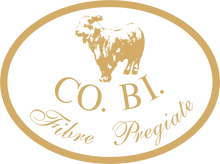
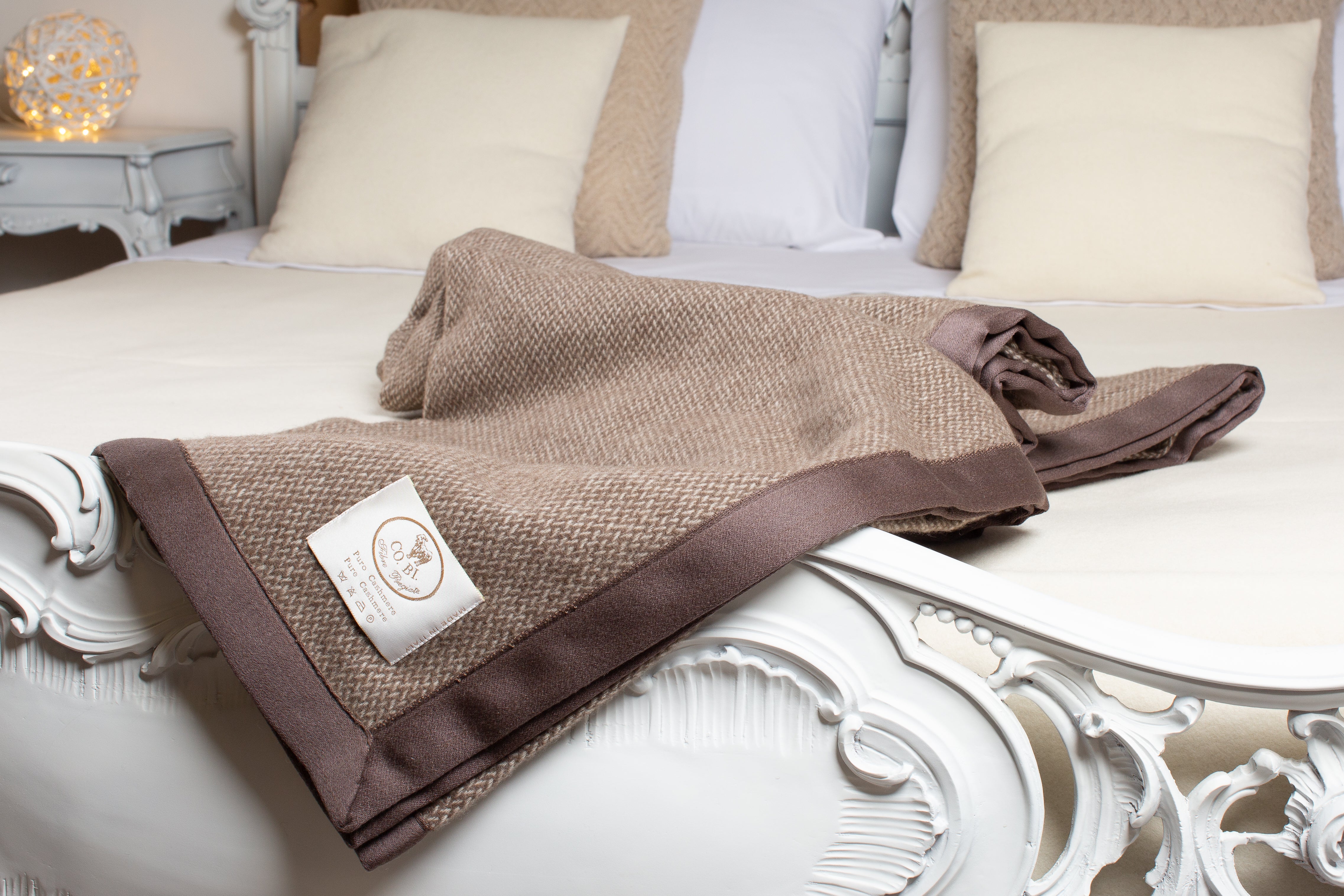
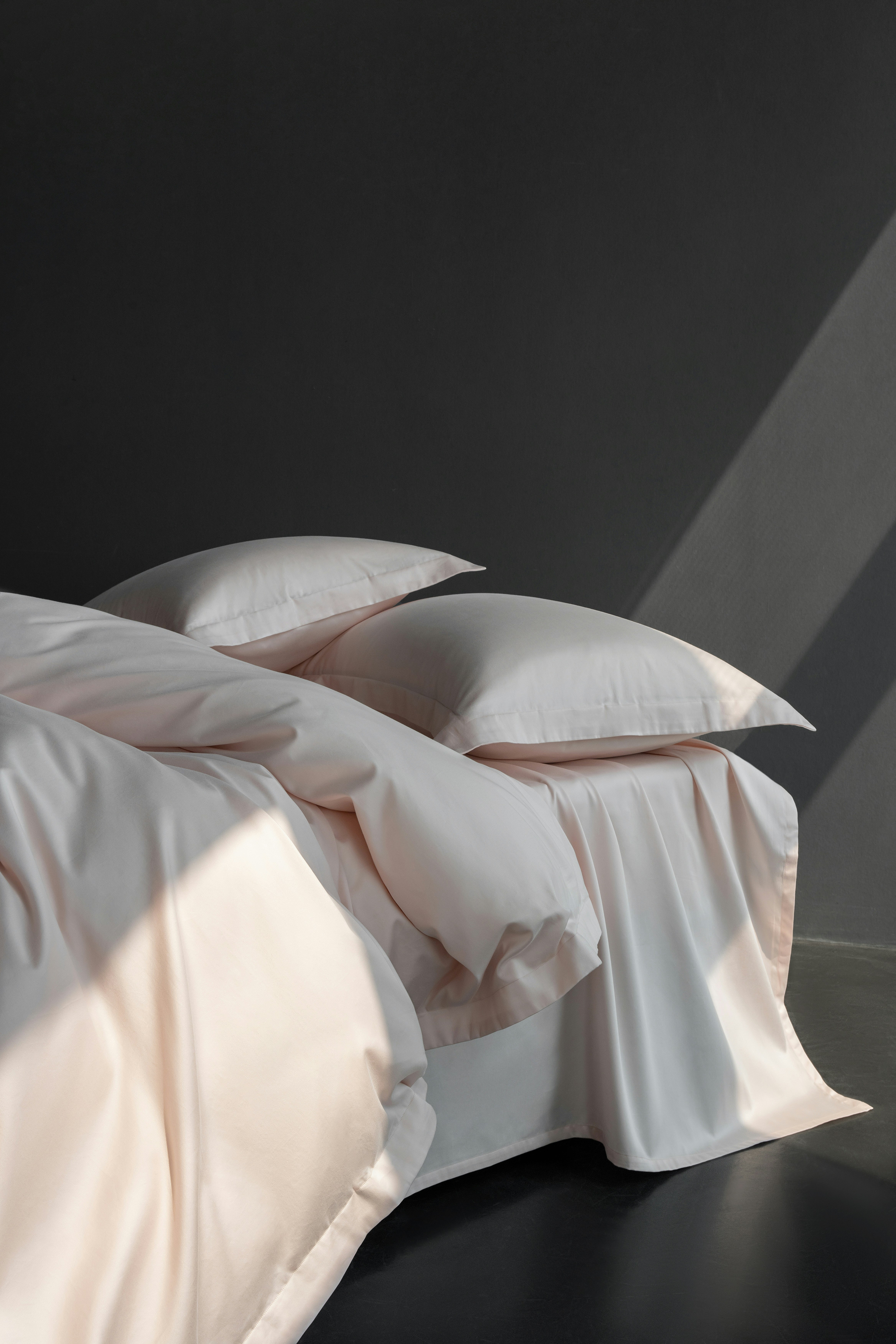
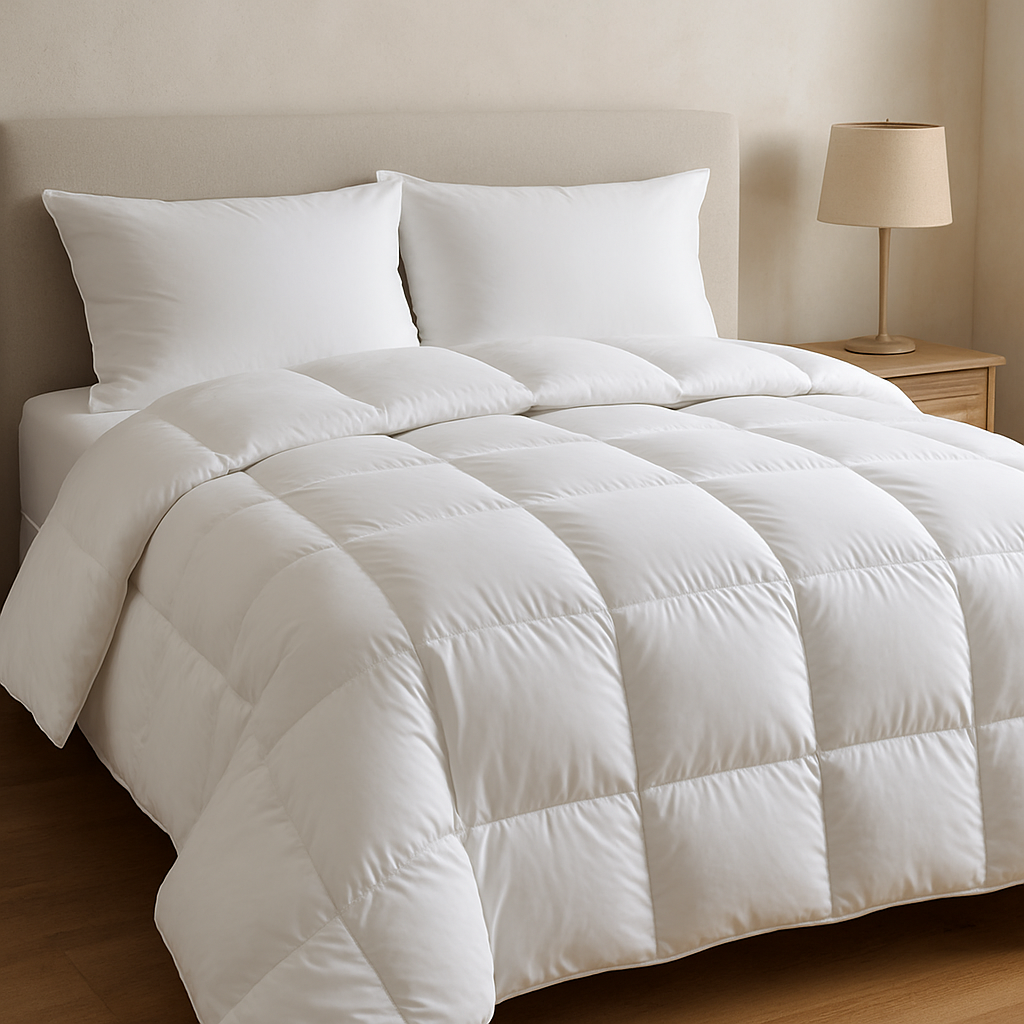
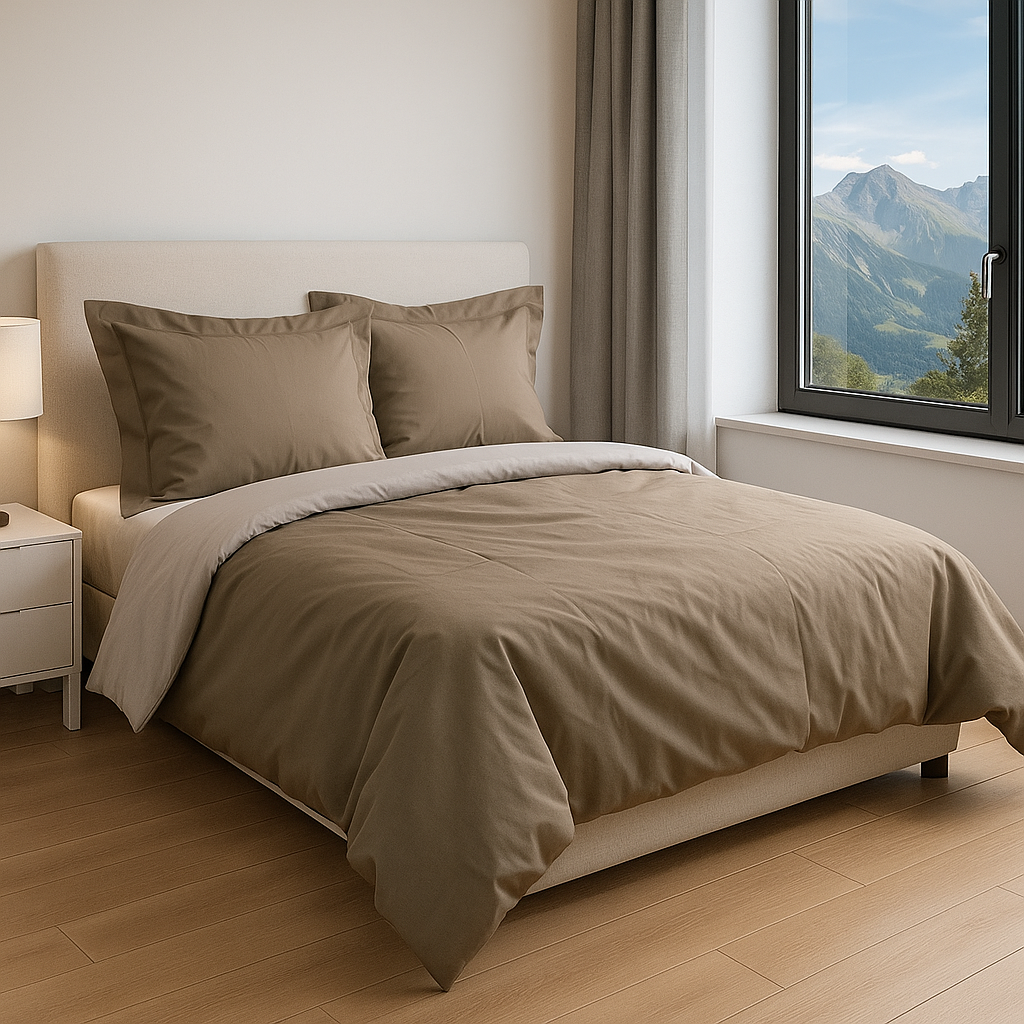
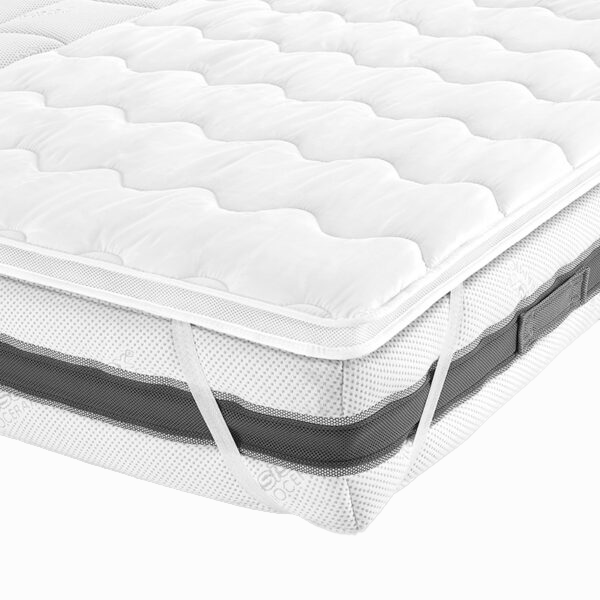
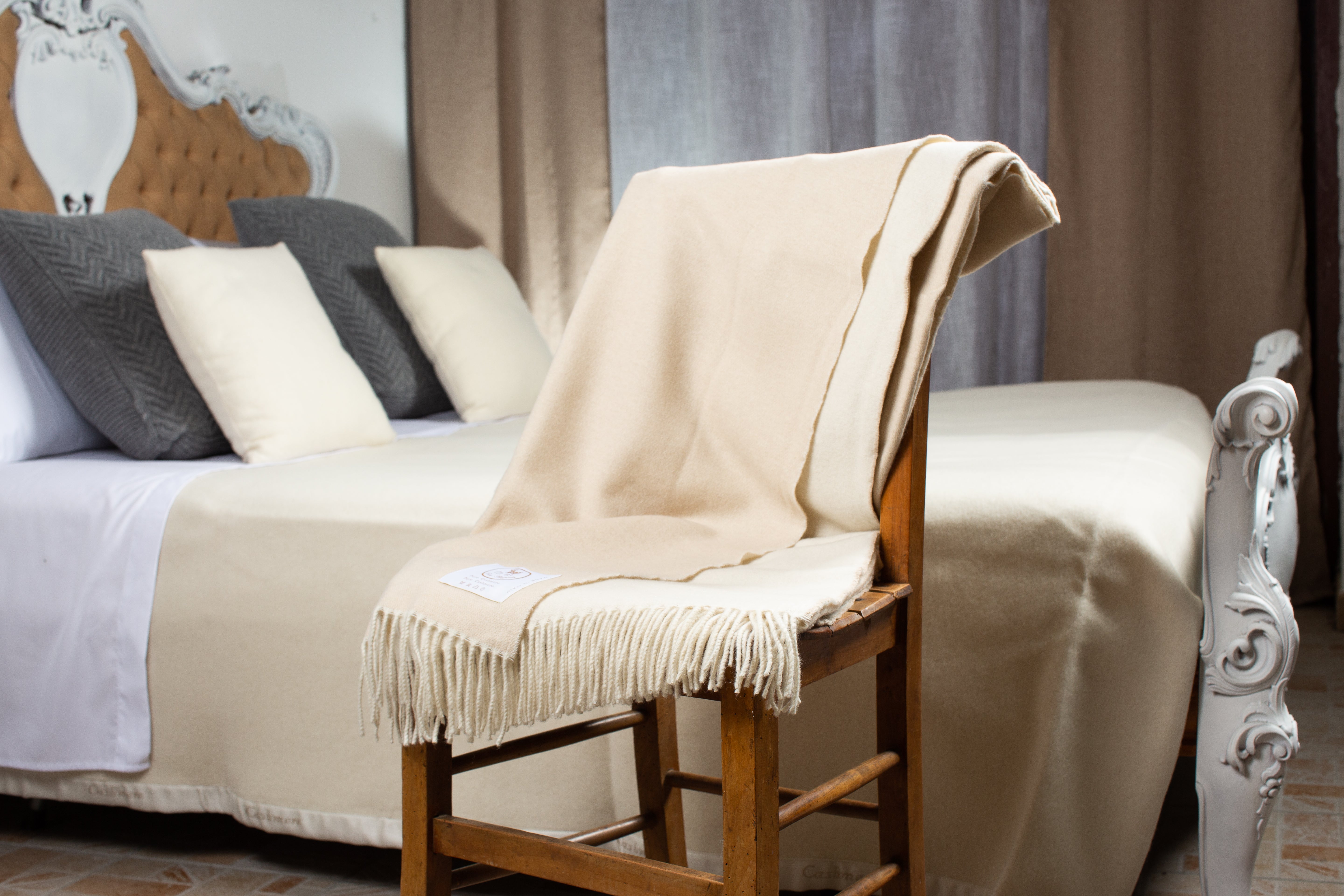
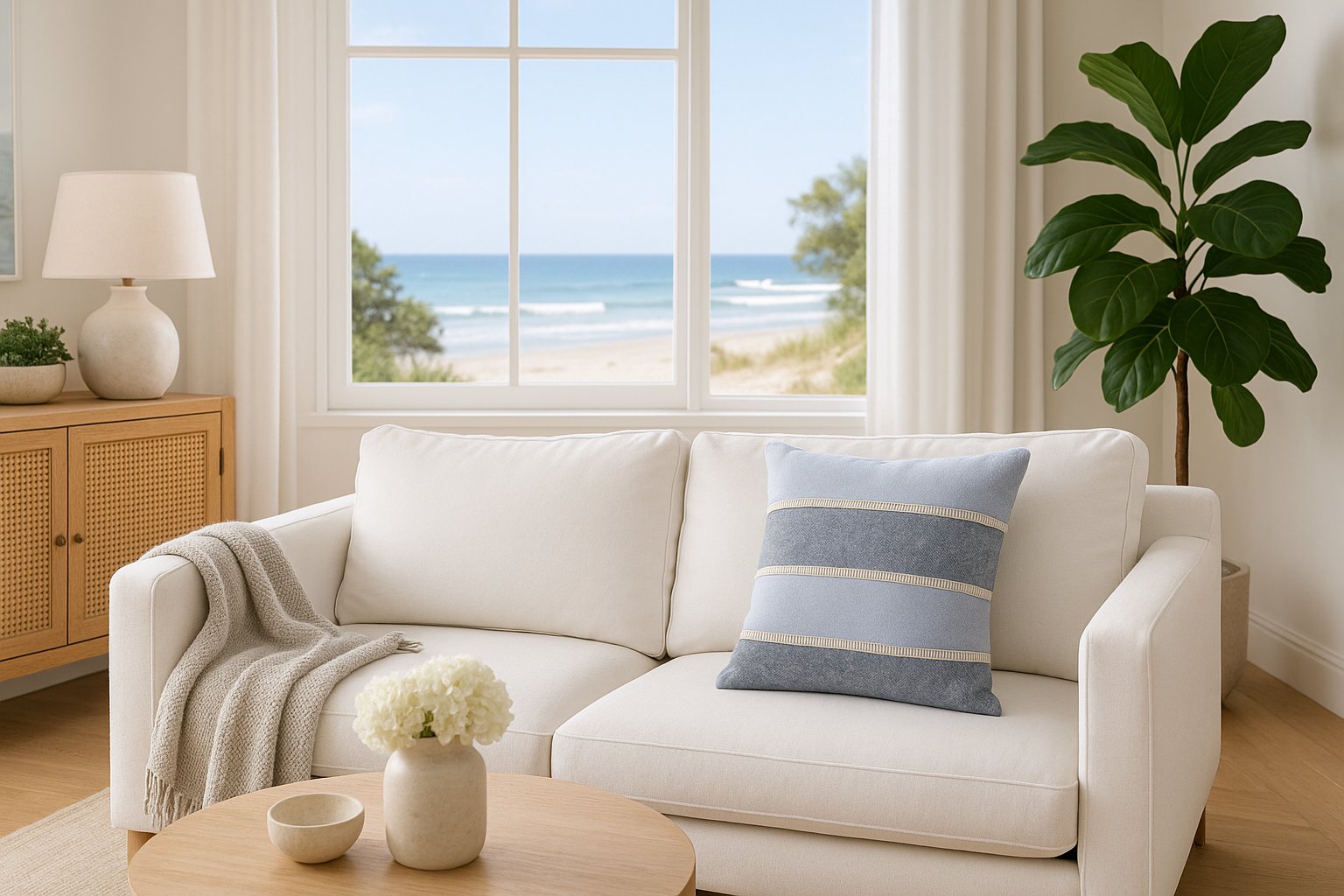
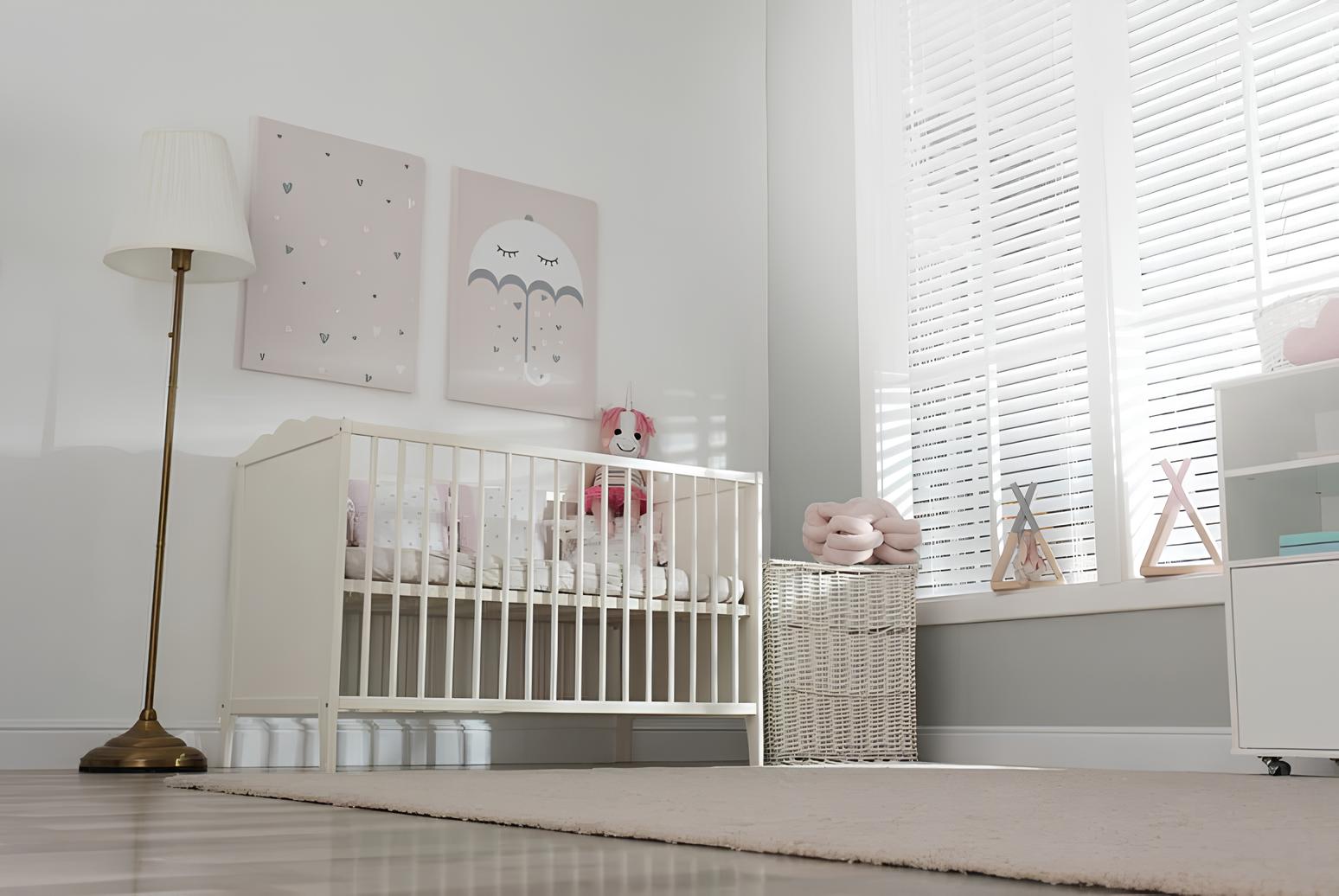
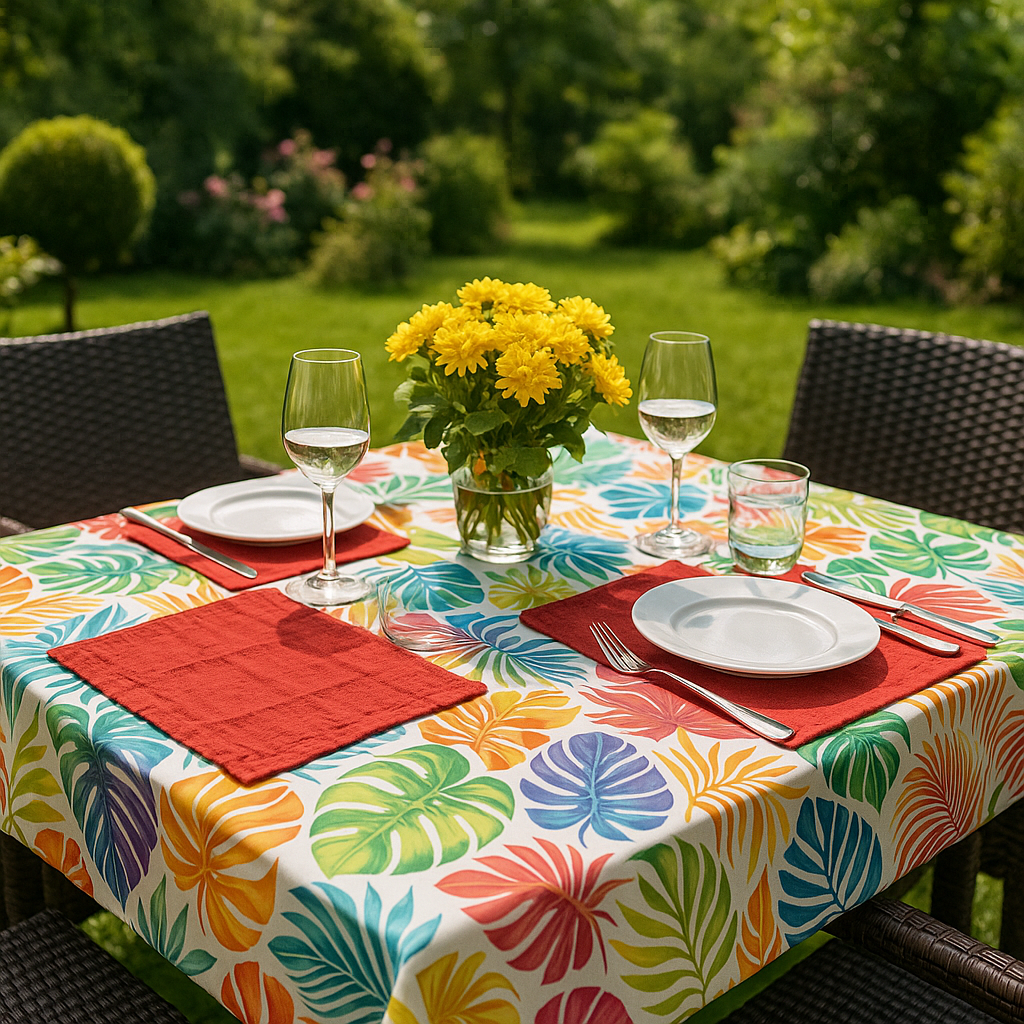
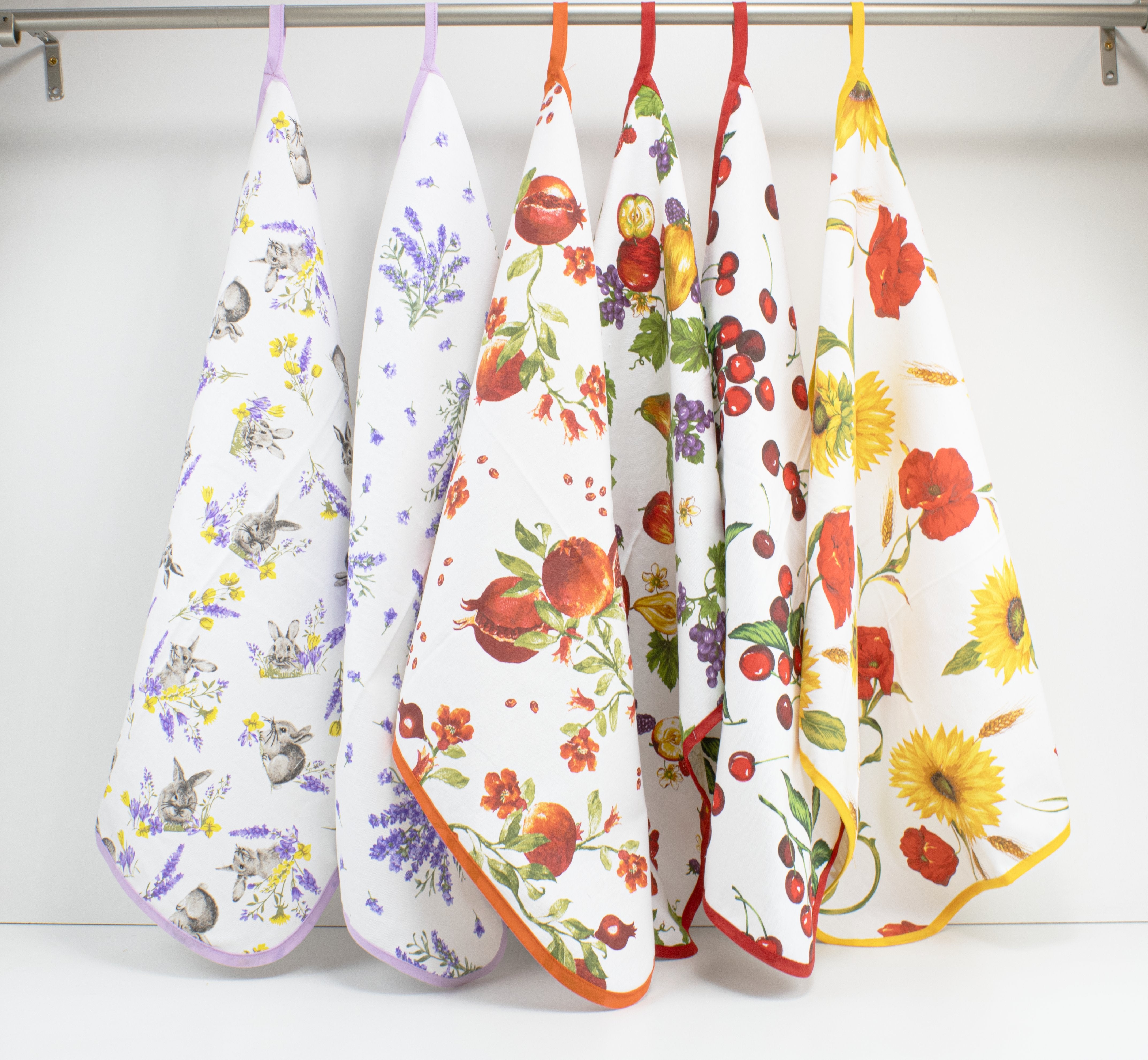
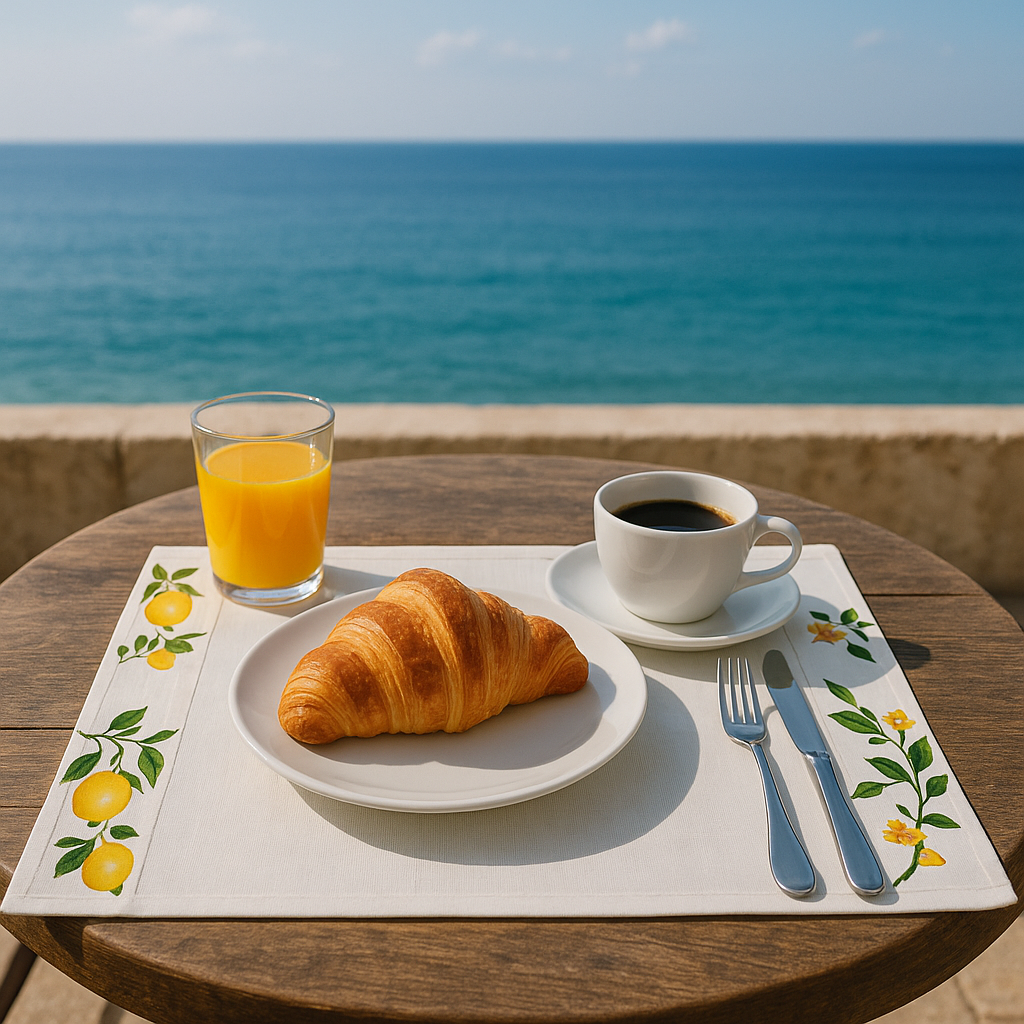
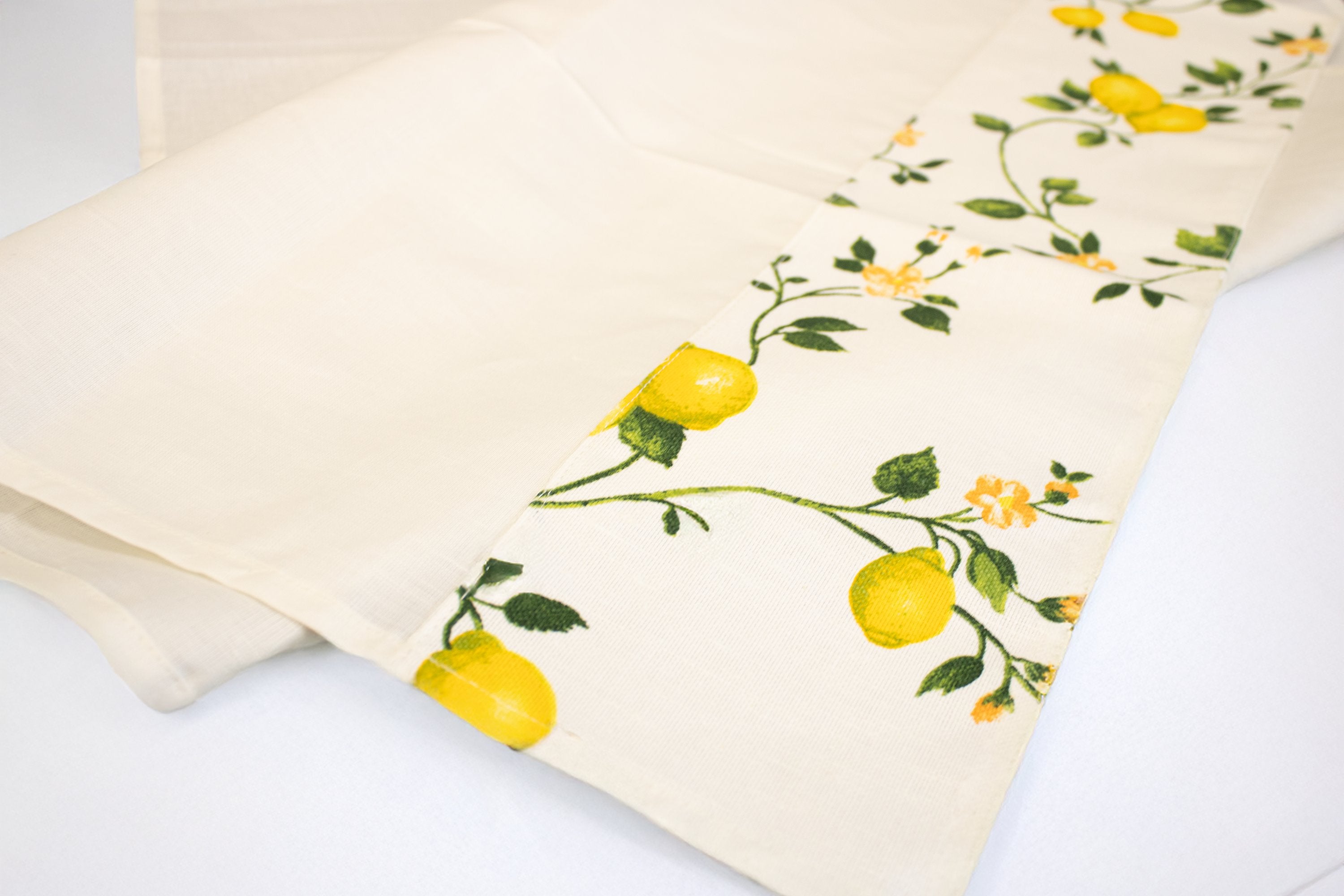
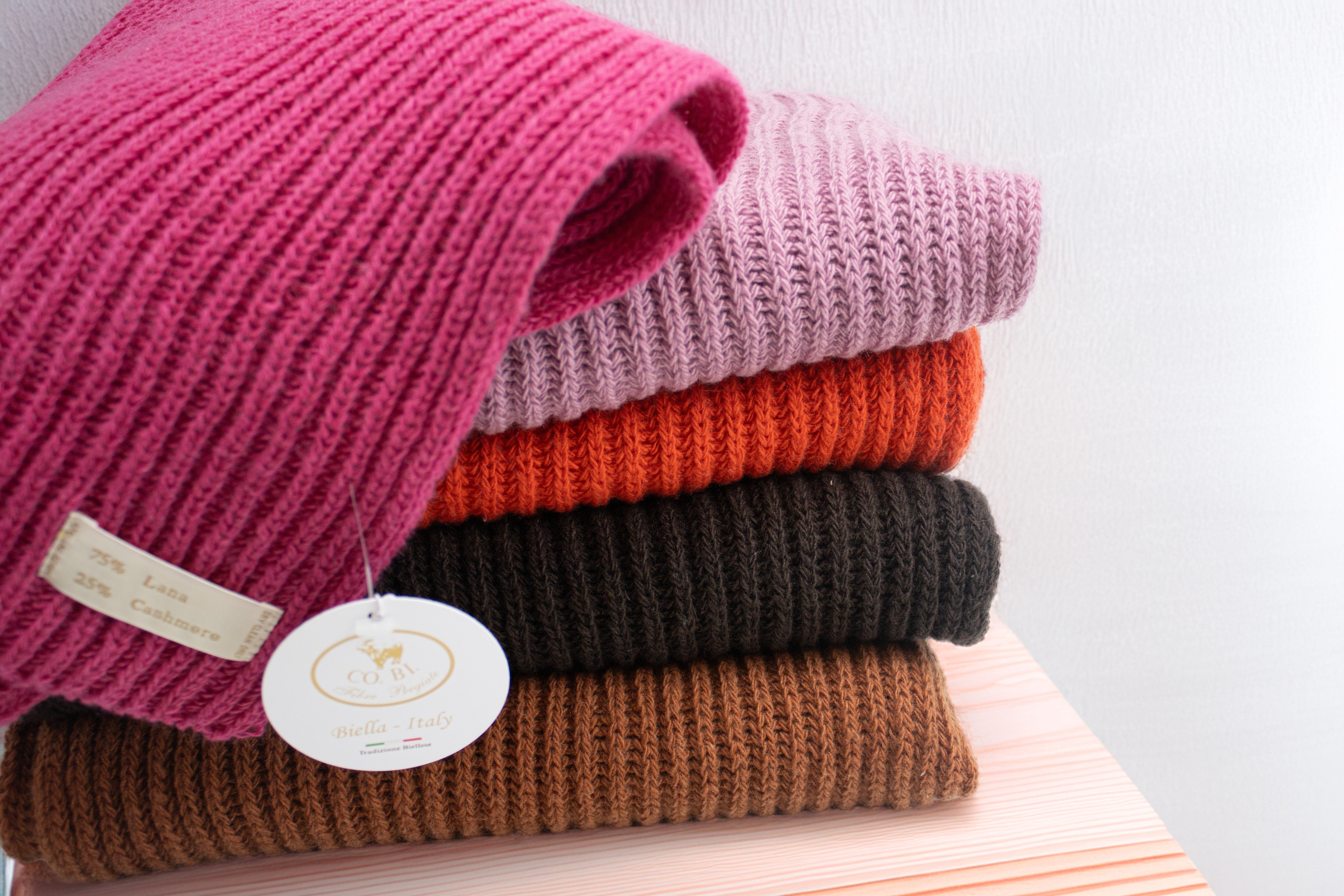





Leave a comment